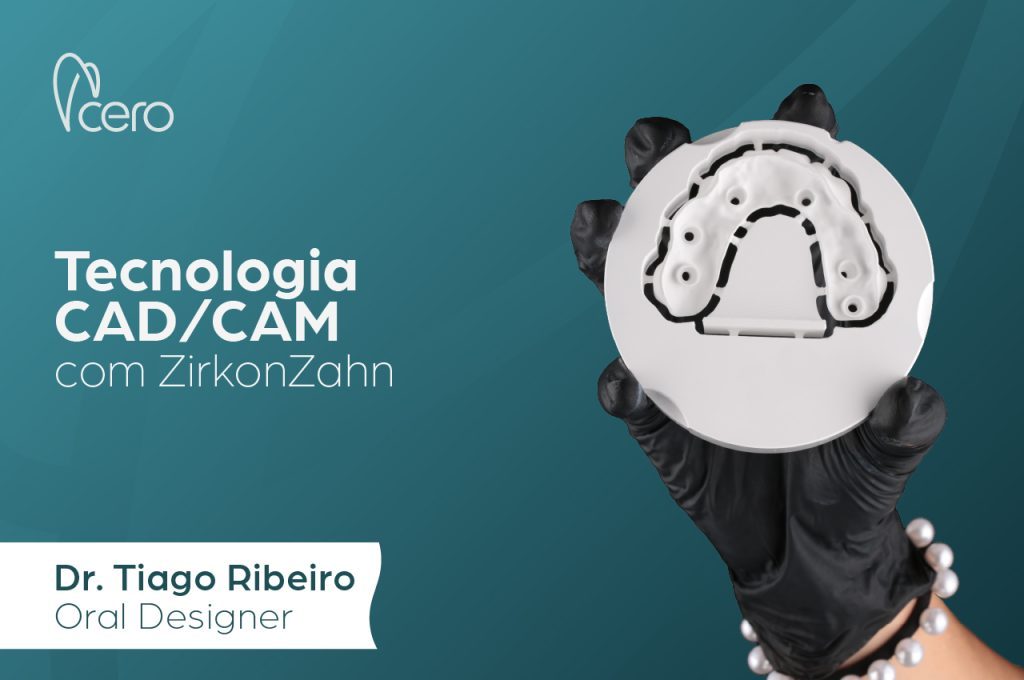Veneers or crowns: which is the best solution for you?

Nowadays, more and more patients come to our clinic asking why we choose to use full-coverage ceramic restorations (commonly known as crowns) or partial-coverage ceramic restorations (commonly known as veneers or dental contact lenses).
The question is:
Which option is best?
In response to the above question, we cannot say that one option is better or worse than the other, as both have specific indications. When applied correctly, both can achieve extraordinary aesthetic results and great durability.
Ceramic veneers are indicated for relatively intact teeth that have discolouration, slight misalignment, spaces between teeth (known as diastemas), stains, fissures, small to moderate cavities, or atypical shapes.
How do you choose between veneers and crowns?
To make this choice, we must assess some important clinical characteristics, such as:
-
Intact lingual surfaces – if the lingual surfaces are dentin or decayed, veneers are not indicated. In these cases, crowns are the better option. To use veneers, the lingual surfaces must be intact.
-
Occlusion – patients with bruxism and severe tooth wear are not good candidates for veneers. In these cases, crowns should always be chosen.
-
High caries activity – the presence of large or active cavities indicates the need for crowns over ceramic veneers. In patients with high caries risk, placing crown margins slightly subgingivally increases resistance to decay compared to supragingival margins. Veneers are best indicated when caries activity is low.
-
Need for occlusal changes – when it is necessary to change the vertical dimension of occlusion or perform significant occlusal adjustments, crowns generally provide a more appropriate treatment than veneers. Veneers require the patient to have a correct and stable occlusion.
-
Lack of enamel on dental surfaces – when teeth lack enamel, crowns are preferred. For veneers to bond effectively, more than 50% of the bonding surface must be enamel. When more than 50% of the surface is dentin, crowns are the best option. Lower central and lateral incisors often have little enamel, making long-term bonding of veneers questionable.
-
Teeth requiring major repositioning – rotated teeth typically have incorrect occlusal relationships. Occlusal contact and stability are better achieved with crowns.
-
Need for orthodontic treatment – orthodontic treatment should always be considered first. If there is clear evidence for its need, it should take precedence over veneers.
-
Colour matching can influence the choice – if adjacent teeth already have crowns or veneers, this may determine the type of restoration. In highly aesthetic cases, crowns often provide a better result, as the underlying tooth colour won’t affect the final colour of the crown due to the more radical reduction.
-
Single vs multiple restorations – most dentists have experienced the difficulty of matching the colour of a single tooth to the adjacent ones. Crowns block the underlying tooth colour, while veneers – with some exceptions – are influenced by the tooth’s underlying shade. The final colour of a veneer depends on the remaining tooth structure, the cement used, and the ceramic shade, making it hard to perfectly match the surrounding teeth.
-
Difficulty of cementing veneers vs crowns – most clinicians agree that veneer cementation is more difficult than crown cementation. Tooth preparation for veneers is usually simple, but the bonding process requires meticulous attention to positioning, colour matching, and avoiding breakage. This difficulty has led some dentists to charge more for veneers than crowns. However, with experience, veneer placement becomes easier and predictable, with excellent results.
-
Material type – lithium disilicate is currently the most popular material for ceramic veneers. Clinically, the two most relevant parameters when selecting a ceramic system are:
-
Aesthetics, especially for anterior restorations;
-
Mechanical resistance, especially important for functional and parafunctional loads in the posterior sector.
These two parameters are closely linked: for better mechanical performance, ceramics must have a higher proportion of crystals, which reduces their translucency and makes them more opaque.
Flexural strength is crucial, as feldspathic porcelain does not tolerate flexion. This is particularly important for posterior crowns and bridges.
Based on mechanical strength, ceramics can be classified as:
-
Low strength ceramics (e.g., Feldspathic ceramics, e.max Esthetic),
-
Moderate strength ceramics (e.g., Lithium disilicate, e.max Press / CAD),
-
High strength ceramics (e.g., Zirconia).
A recent survey by the Clinicians Report Foundation shows that feldspathic and leucite-reinforced ceramics (e.g., IPS Empress) are still popular, but zirconia has revolutionised dentistry, and full-contour zirconia crowns are now more popular than veneers.
As zirconia aesthetics continue to improve, there is no doubt it will take an increasingly larger market share.
-
Ceramic veneers, when properly indicated and executed, can offer excellent long-term aesthetics. This is not always the case with many metal-ceramic crowns, which can show gingival margin exposure and darkening due to metal oxide release.
Ceramic veneers are a fantastic restoration option for selected patients. All-ceramic (metal-free) crowns are also highly successful restorations.
Choosing the best option for each specific patient requires careful consideration of the many clinical factors discussed in this article.
Today’s materials and techniques for any type of restoration are the best in the history of aesthetic dentistry.
The CERO team wishes all our readers a great week.




